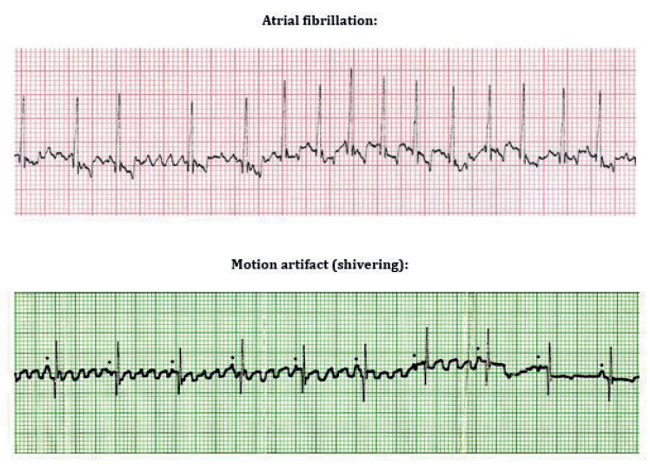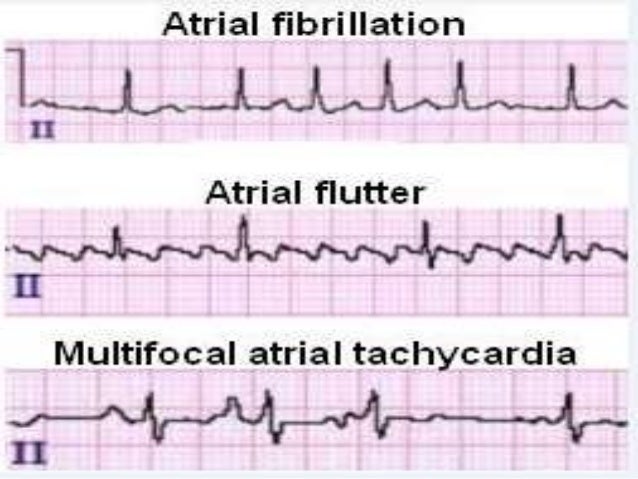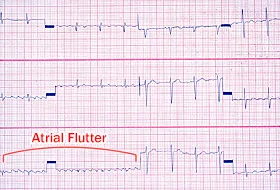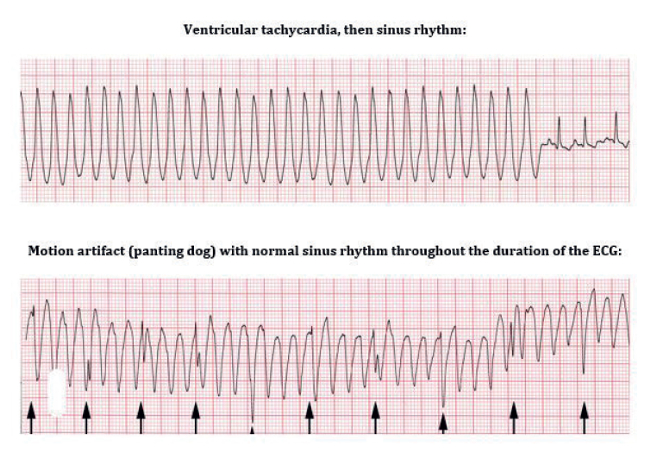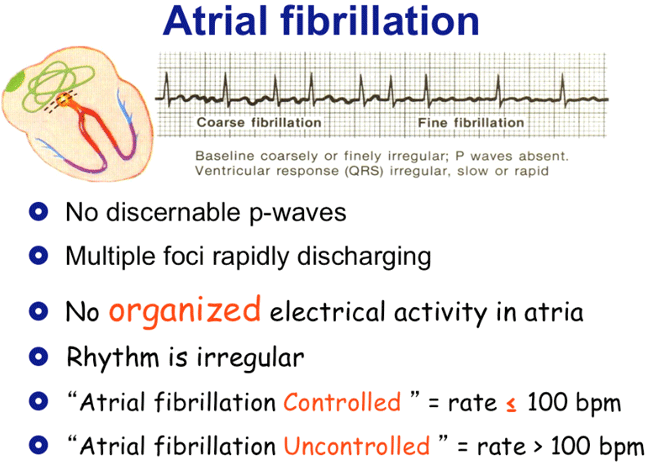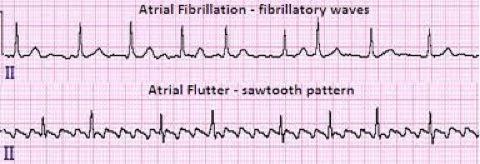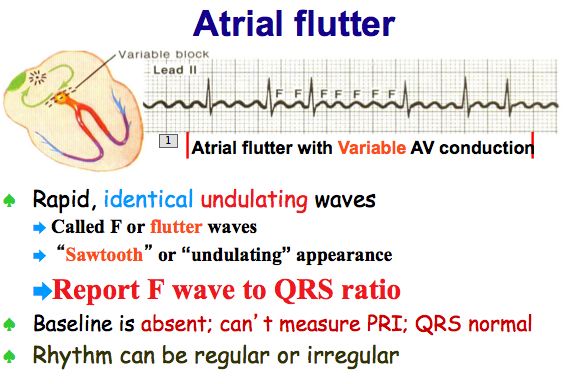Atrial Fibrillation V Flutter
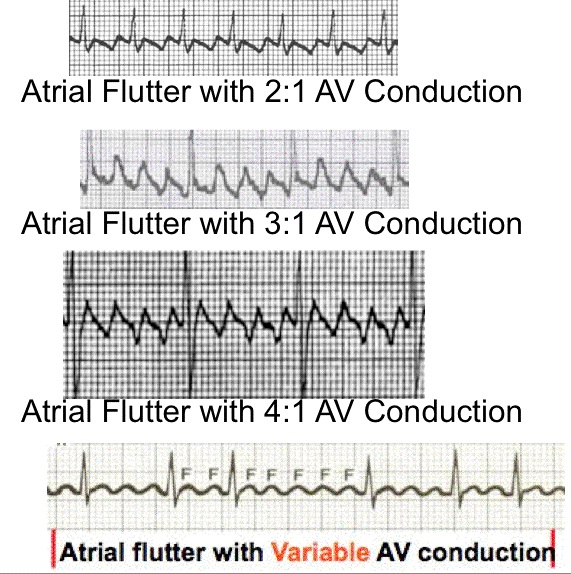
Afib and atypical aflutter requires more expertise and radiofrequency ablation has lower success rate.
Atrial fibrillation v flutter. Atrial flutter and atrial fibrillation afib are two types of abnormal heart rhythm. Atrial flutter is less common but has similar symptoms feeling faint tiredness palpitations shortness of breath or dizziness. Atrial flutter and atrial fibrillation afib are both types of arrhythmias. Some people have mild symptoms others have none at all.
Digoxin on ventricular rate control in the emergency treatment of acute atrial fibrillation and flutter aff. They both occur when there are problems with the electrical signals that make your heart chambers contract. Afib is the most common type of. One of the main differences in afib and atrial flutter is that in atrial flutter the pulse is regular even though it s fast while in atrial fibrillation afib the pulse is fast and irregular.
Atrial tachycardia is a general term that indicates a cardiac condition where the rate of contraction of the heart s atria is fast and not normal but does not describe the type of heart rhythm. This prospective randomized open label trial involved 30 consecutive patients who presented with acute aff to the emergency department of an urban 420 bed community teaching hospital from april 1993 through. Atrial flutter is less common than atrial fibrillation. The difference between atrial fibrillation afib and atrial flutter aflutter is clinically relevant because typical flutter can easily be treated by radiofrequency ablation.
1 electrical cardioversion. Pharmacological cardioversion pcv is an integral part of the management of atrial fibrillation af and atrial flutter afl in symptomatic patients who require a rhythm control strategy. About a third of people with atrial flutter also have atrial fibrillation. Such people include those in whom the atrial fibrillation or atrial flutter causes heart failure or other symptoms of low heart output.
Cardioversion either by a synchronized direct current dc electrical shock electrical cardioversion ecv or by the application of antiarrhythmic drugs aads. In some people these arrhythmias must be actively converted to a normal rhythm cardioversion. Atrial flutter atrial fibrillation afib and atrial tachycardia are not the same things. In atrial flutter the atrial electrical activity is far less chaotic than in atrial fibrillation so that assessment of a v conduction is less difficult.
Atrial fibrillation or atrial flutter may spontaneously convert to a normal rhythm. To compare the effects of i v. However all three terms have in common a rapid heart rate that can be felt when a person feels their pulse. The conducted impulse indeed is not always the one that immediately precedes the qrs complex.

